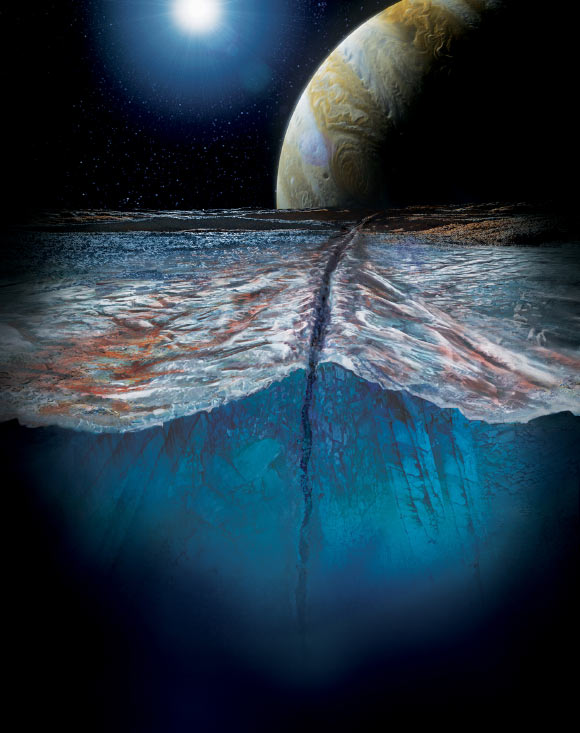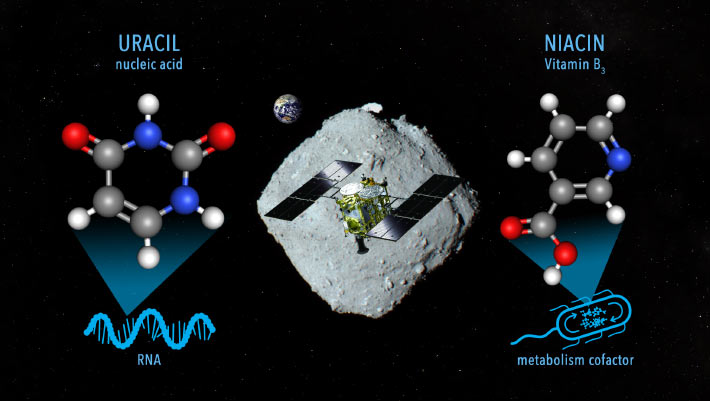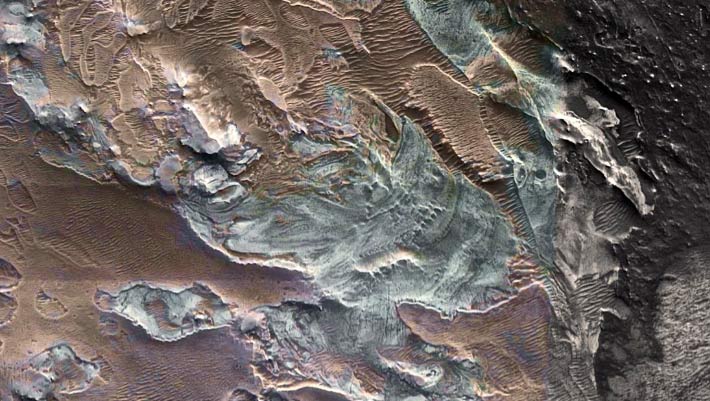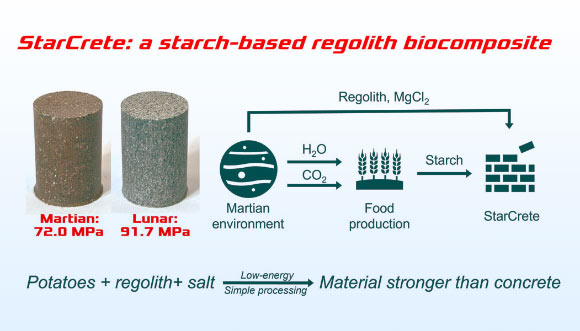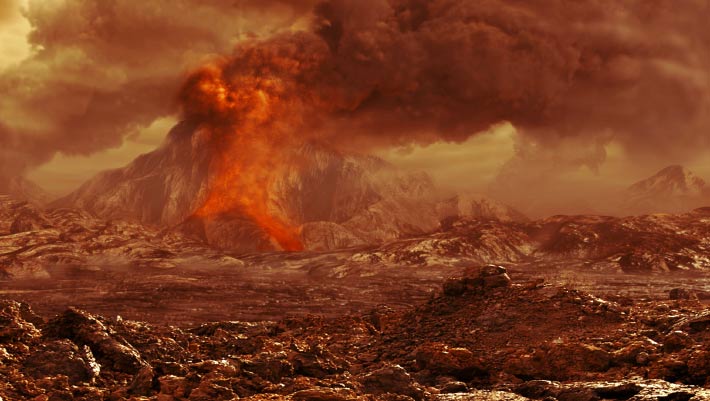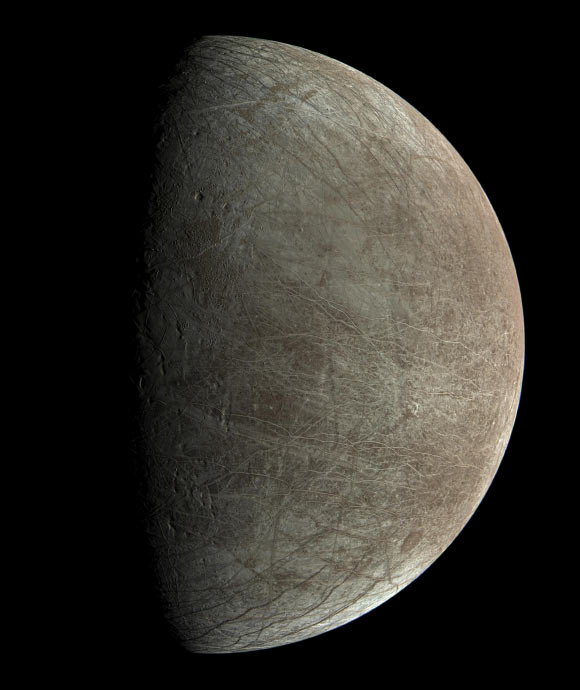Saturn’s Rings are Heating Gas Giant’s Upper Atmosphere, Astronomers Say
The most feasible explanation is that icy ring particles raining down onto Saturn’s atmosphere cause this heating, according to a team of astronomers who analyzed several datasets obtained by the…





